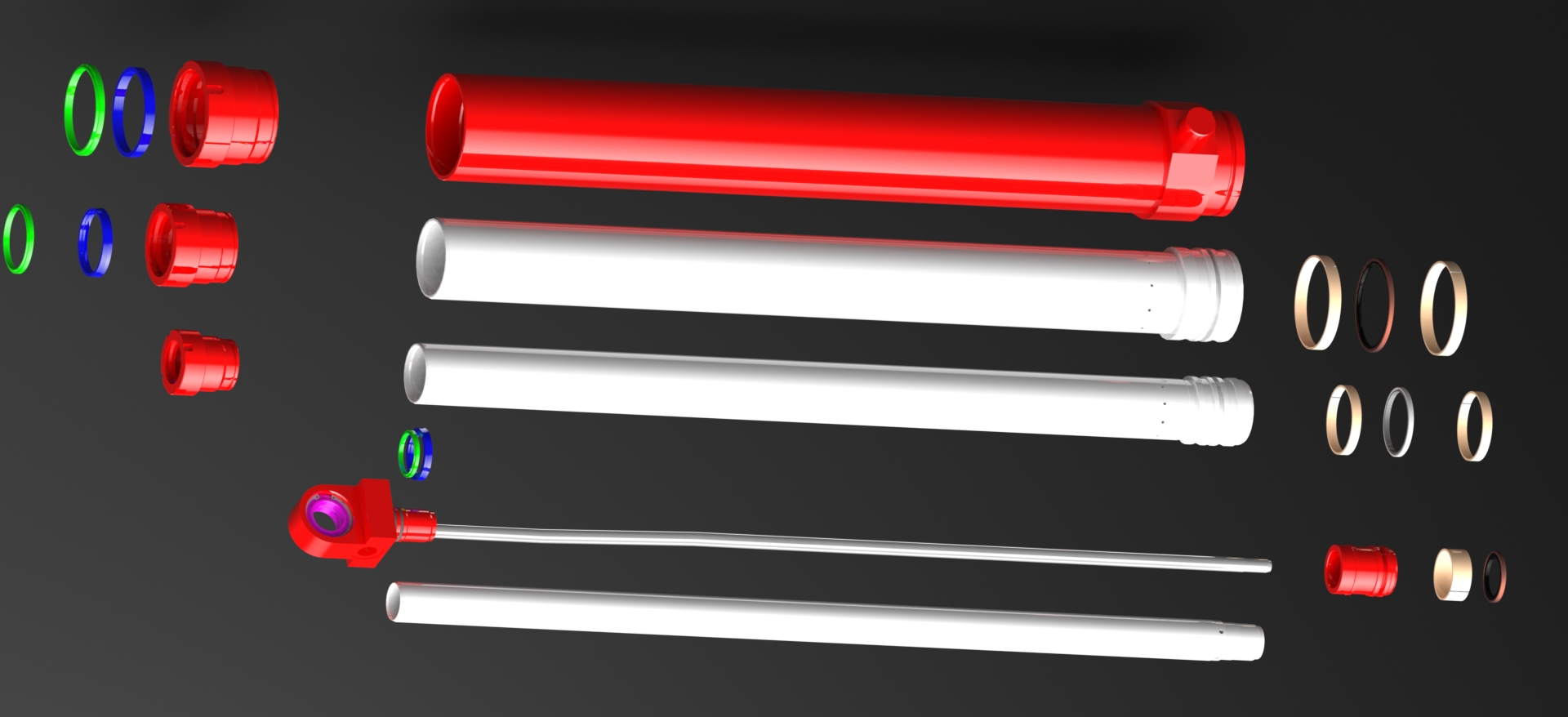Hard chrome plating is a critical process of making hydraulic cylinders. It is a highly specialized process involving chemistry, metallurgy, mechanical skill, deep knowledge and extensive experience. Once bad electrical connections or poor bath chemistry or pre-plate grinding or improper racking, these all can make things go wrong. Here are some common hard chrome plating problems we need to avoid.
1. Cracking
Cracking is usually caused by improper grinding techniques, including the use of the incorrect grinding wheel, incorrect grinding speed, excessive grinding depth, or inadequate or incorrect grinding fluid. Cracking severely compromises the surface finish and makes the cylinder rod less corrosion-resistant.
2. Pitting
Pitting is a common problem and it is characterized by the presence of excessive small pinholes in the chrome surface. There are many potential causes, which makes it difficult to diagnose and deal with. Sometimes the base metal is porous. Foreign material that is not removed during pre-plating preparation can also cause pitting. Insoluble material suspended in the bath at the time of plating will have the same effect.
3. Poor Adhesion
Poor adhesion refers to the peeling, blistering or lifting of the chrome deposits away from the base metal. It is caused by a weak bond between the chrome and the underlying surface. If this surface is not properly prepared, trace metals, oils and contaminants could be present at the time of plating. Poor adhesion often occurs when chromium is plated over existing chromium, which has failed to be removed during the pre-grinding process. Current interruptions are another cause of poor adhesion.
4. Roughness
A rough chrome job is often the result of poor base metal condition. The end result is an uneven, rough surface finish.
Post time: Mar-20-2023

